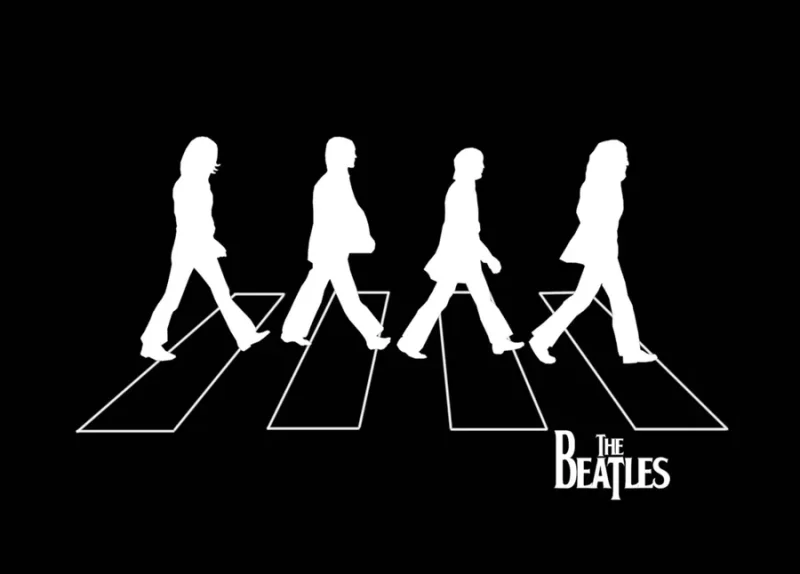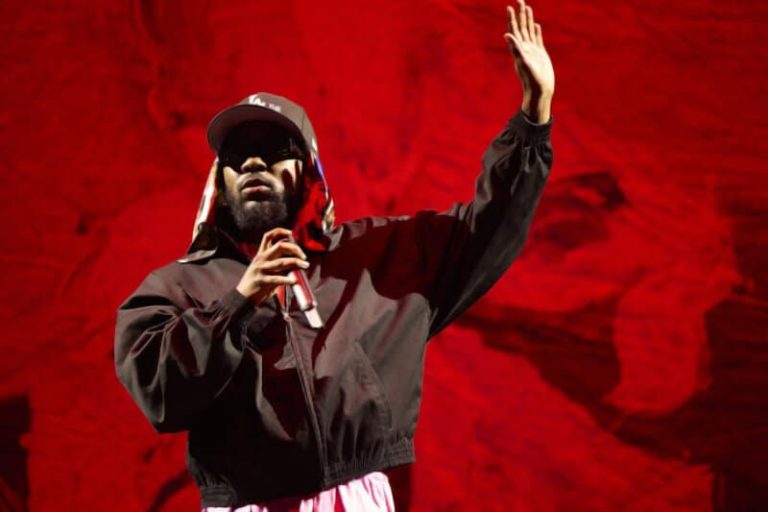‘Beatles 64’ Brings Remastered Beatles Performances to the Screen
Now, thanks to the masterful restoration work behind Beatles 64, we can experience that lightning-in-a-bottle moment like never before. When you think about groundbreaking moments in music history, few can match the sheer cultural earthquake that occurred when four young men from Liverpool stepped off a plane at JFK Airport in February 1964. When The Beatles arrived in America, they completely rewrote the rules of pop culture.
The Restoration Challenge That Almost Broke the Team
Working on Beatles 64 presented challenges that would make even seasoned film restoration experts break into a cold sweat. Giles Martin, son of the legendary “fifth Beatle” George Martin and the mastermind behind the audio restoration, didn’t mince words about what his team faced. Martin revealed:
“The material we had, as far as audio quality goes, was so bad, and we had to do so much work to make it listenable.”
The footage came from Albert and David Maysles’ intimate documentation of the Fab Four’s American debut, but decades of storage had taken a brutal toll. Picture this: film reels suffering from vinegar syndrome, which literally destroys the film, broken splices everywhere, severe shrinkage that made the footage nearly unwatchable, torn sprockets, and some reels that were literally falling apart in their hands. This wasn’t just restoration work—this was archaeological reconstruction of rock and roll history.
Technology That Would Make The Beatles’ Heads Spin
Peter Jackson’s machine-learning technology, which had powered his epic Get Back documentary, became the secret weapon for Beatles 64. Jackson’s Park Road Postproduction team spent three years—yes, three full years—before director David Tedeschi even joined the project, painstakingly rebuilding the Maysles brothers’ dailies in chronological order from boxes upon boxes of deteriorated film.
But here’s where it gets really wild. Using MAL source separation technology, Giles Martin could take those muddy, mono recordings from 1964 TV appearances and concerts, then separate John Lennon’s vocals from Paul McCartney’s bass, isolate Ringo Starr’s drums, and rebuild everything into pristine stereo recordings that hit modern audiences with the same force those performances had six decades ago.
Why Beatles 64 Matters Beyond Nostalgia
Director David Tedeschi, who has created some of the most compelling documentaries of the past decade, had a specific mission with the Beatles 64 project. He said:
“We wanted it to look pristine because we felt that would make it more accessible…We want to appeal to people who don’t necessarily know who The Beatles are.”
That might sound impossible – like who doesn’t know The Beatles? – but Tedeschi’s point hits home. For younger viewers who didn’t grow up during Beatlemania, understanding why these four musicians caused mass hysteria requires more than just knowing their hit songs. You need to feel the electricity, hear the screams, see the genuine shock on faces as something completely unprecedented unfolds before your eyes.
When you watch Beatles 64 on Disney+, you’re not just seeing cleaned-up old footage. You’re witnessing the exact moment when popular music changed forever, presented with a clarity that makes those black-and-white images feel more real than most modern concert footage.
The Human Cost of Perfection
What’s most striking about the Beatles 64 restoration process isn’t the technical wizardry, though that’s impressive enough, but the sheer human dedication required to pull it off. Film handlers, editors, restoration artists, and colorists worked around the clock, treating each damaged frame like a precious artifact from Pompeii.
“Time was the enemy, but we made it in time,” Tedeschi noted, and you can hear the relief in those words. When you’re dealing with footage this historically significant and this badly damaged, every day matters. Every frame saved is a piece of music history preserved for future generations.
Giles Martin’s philosophy throughout the process remained refreshingly humble:
“If I’m playing you a mix I’ve done, the last thing I want you to think about is what my mix was like, that it sounds like me—that’s how you know it wasn’t done right. I want you to just think about how the song makes you feel.”
More Than Just a Documentary
Martin earned his third Emmy nomination for sound mixing on Beatles 64, following his 2022 win for Get Back. Awards aside, what the restoration team accomplished goes beyond entertainment or even historical preservation. They’ve created a bridge between generations, allowing anyone—Beatles fanatic or complete newcomer—to understand why February 1964 changed everything. The documentary captures America at a crucial moment. The country was still mourning JFK’s assassination just months earlier, and then these four young men from across the ocean arrived with their infectious energy, cheeky humor, and revolutionary sound.
A Legendary Time Machine
This truly isn’t just another Beatles documentary. This is a time machine. For longtime Beatles fans, it’s a chance to see familiar moments with unprecedented clarity. For newcomers, it’s an education in why these four musicians became the most influential band in history. And for everyone in between, it’s a reminder that sometimes, lightning really can strike – and thanks to the incredible restoration work behind Beatles 64, we can watch it happen over and over again.







